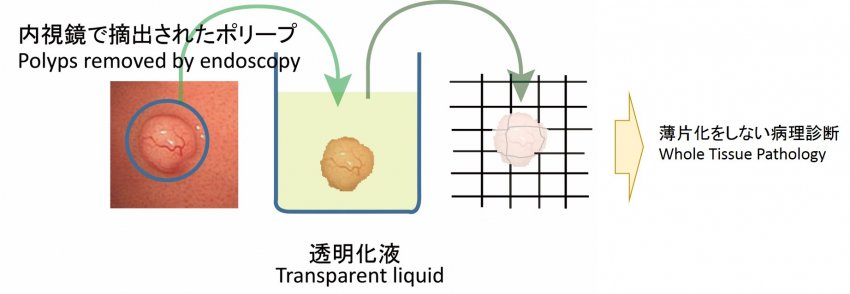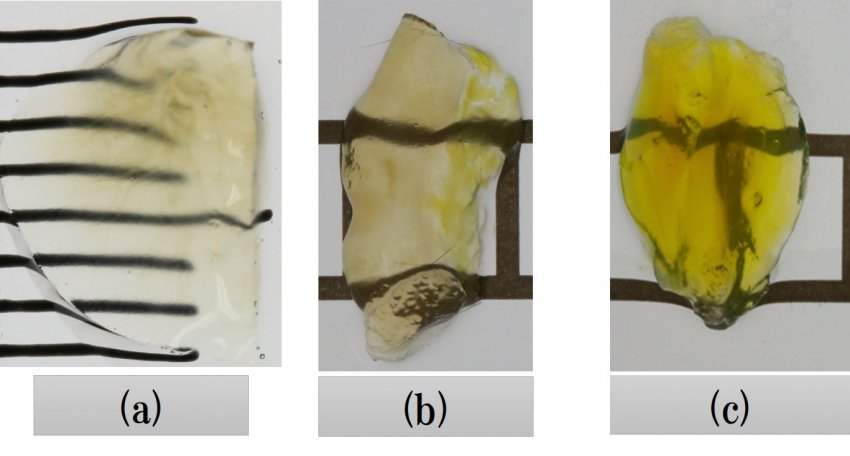Pathological Diagnosis Technology for the Reliable Detection of Lesions


Junji Yumoto
Research Institute for Photon Science and Laser Technology
Director
In a pathological diagnosis that examines a lesion such as a cancer, the excised organ or tissue is sliced into a specimen for observation with a microscope. However, the restrictions on the size of the specimen, which needs to be several microns thin, hinders the diagnosis of the entire excised tissue, with the concomitant risk of overlooking the lesion. In addition, problems -- such as the time-consuming specimen preparation and the lack of the sufficient number of pathologists -- are currently impeding the achievement of rapid and accurate pathological diagnoses.
In this project, we aim to develop an organ transparency technology by employing automated photographing equipment and an image diagnostic program that will help to overcome the above-mentioned drawbacks.
In the organ transparency technology, the water in the cells will be replaced by a special liquid with the same refractive index as that of the cellular tissue, thus suppressing light scattering and providing the organ with a transparent appearance. Transparent specimens can be observed with an optical microscope to a depth of several millimeters. This technology will also make three-dimensional imaging of the observed image feasible. Furthermore, by combining with artificial intelligence, the observation time required for the detection of the lesion could be considerably shortened. In addition, the implementation of automated photographing equipment in regions with a severe scarcity of pathologists, such as rural areas and developing countries, will provide residents with access to appropriate pathology diagnosis service owing to its easy operation and online result delivery to the pathologist.
In this project, we aim to develop an organ transparency technology by employing automated photographing equipment and an image diagnostic program that will help to overcome the above-mentioned drawbacks.
In the organ transparency technology, the water in the cells will be replaced by a special liquid with the same refractive index as that of the cellular tissue, thus suppressing light scattering and providing the organ with a transparent appearance. Transparent specimens can be observed with an optical microscope to a depth of several millimeters. This technology will also make three-dimensional imaging of the observed image feasible. Furthermore, by combining with artificial intelligence, the observation time required for the detection of the lesion could be considerably shortened. In addition, the implementation of automated photographing equipment in regions with a severe scarcity of pathologists, such as rural areas and developing countries, will provide residents with access to appropriate pathology diagnosis service owing to its easy operation and online result delivery to the pathologist.
Related links
- In preparation
Research collaborators
- Hirosi Onodera, Project Professor, Photon Science Center School of Engineering
Related patents
- Patent number WO2014-115206
Contact
- Hirosi Onodera / Junji Yumoto
- Tel: +81-3-5841-6656 / +81-3-5841-4082
- Email: onodera[at]psc.t.u-tokyo.ac.jp / yumoto[at]ipst.s.u-tokyo.ac.jp
※[at]=@








